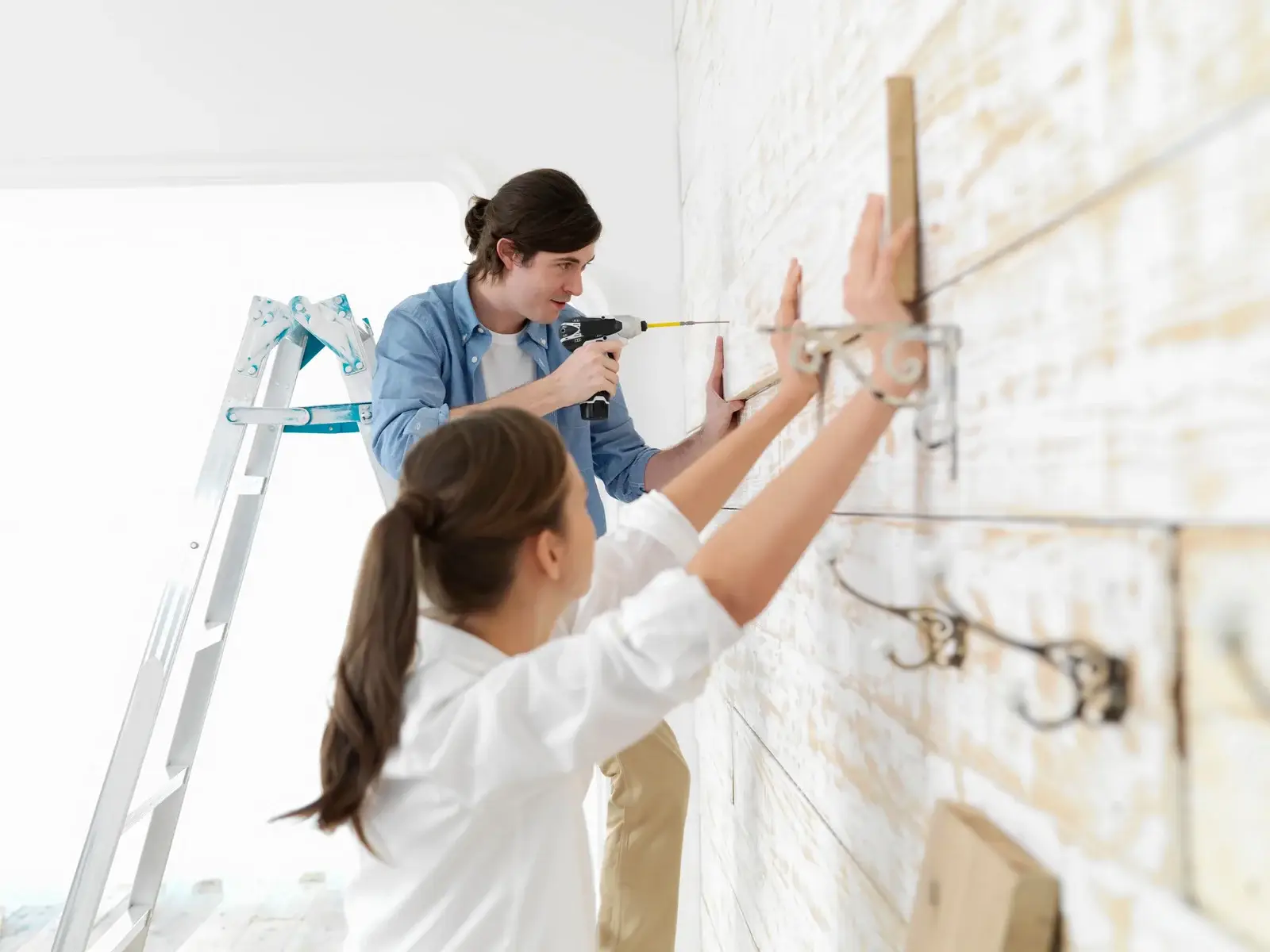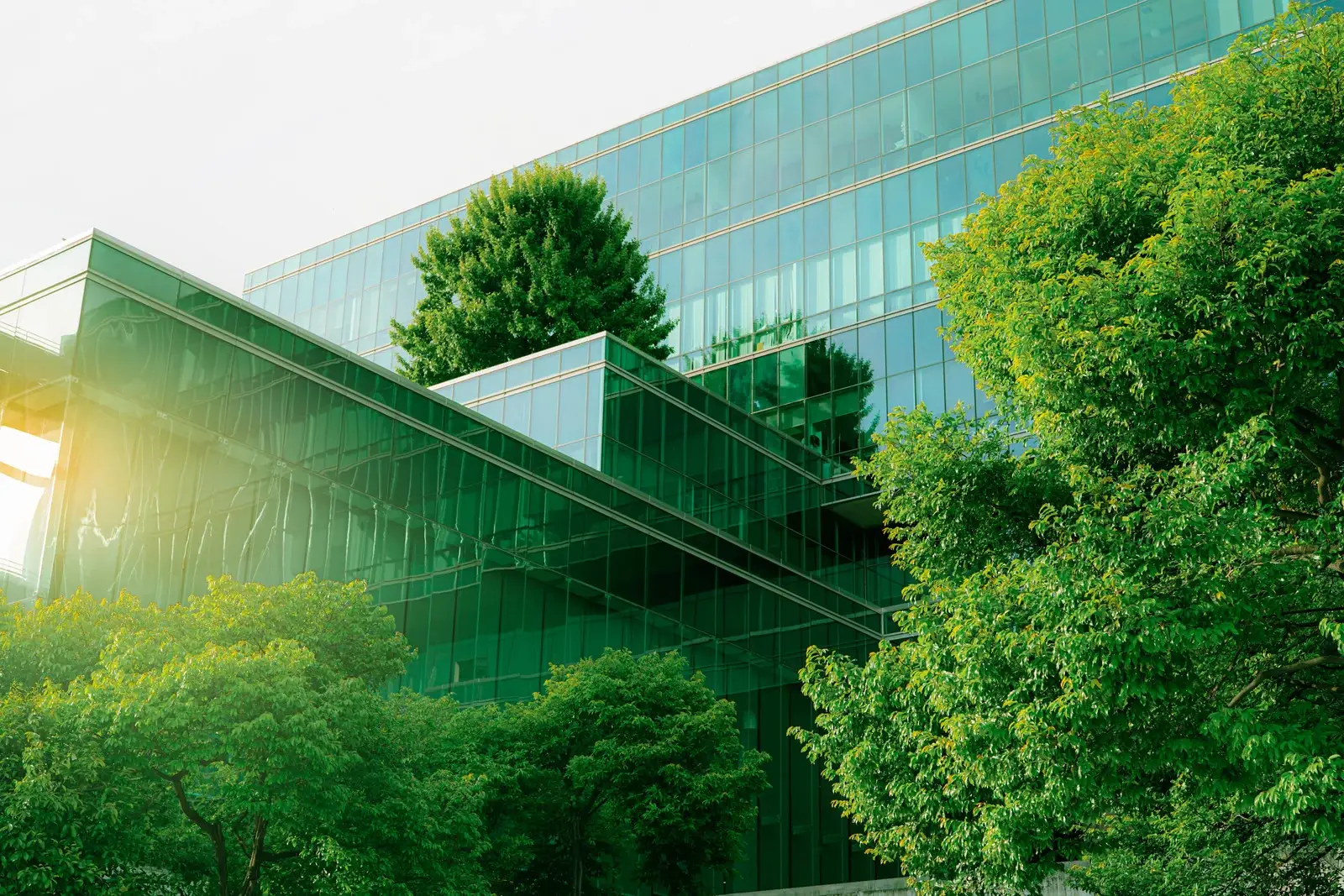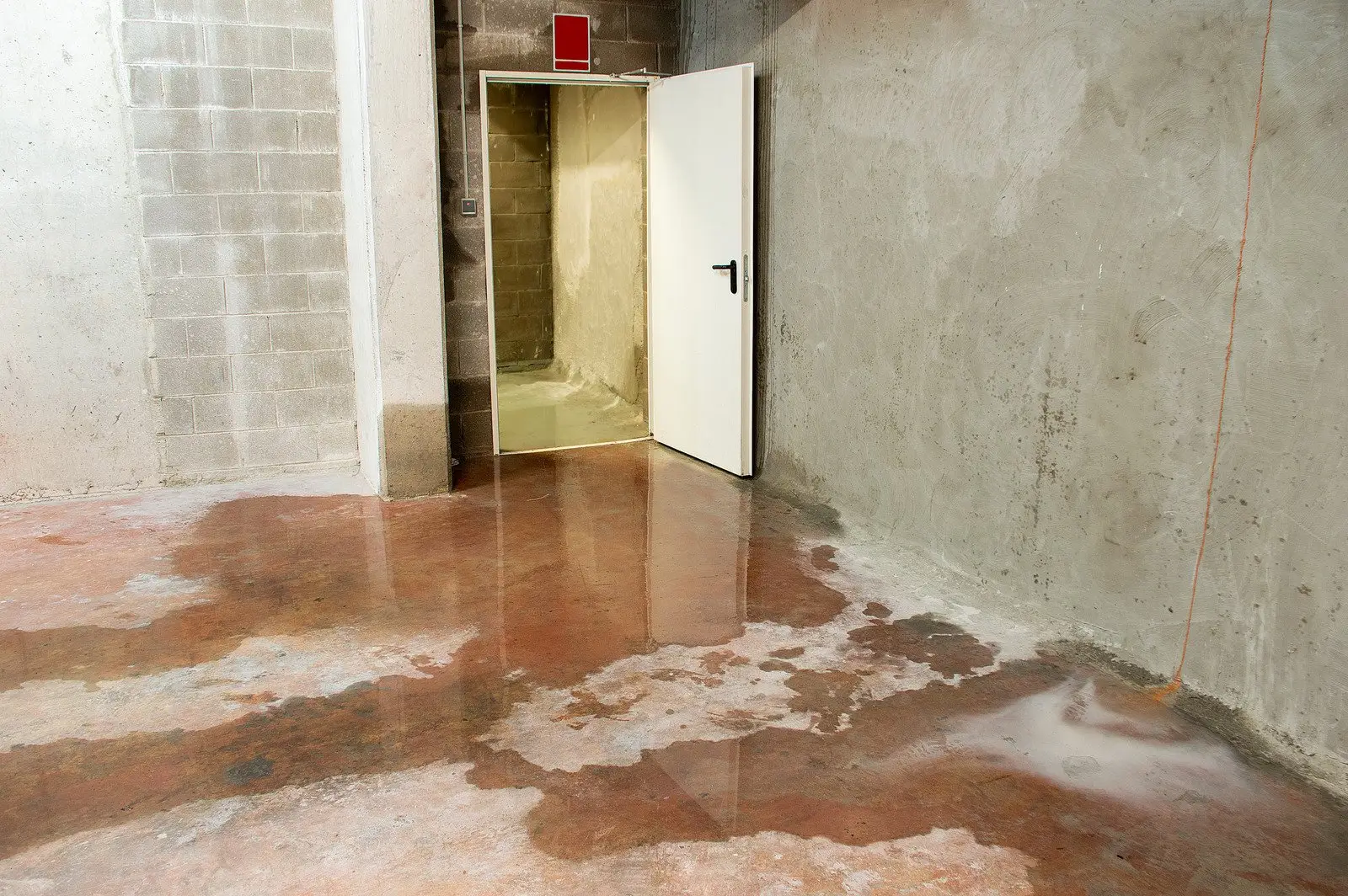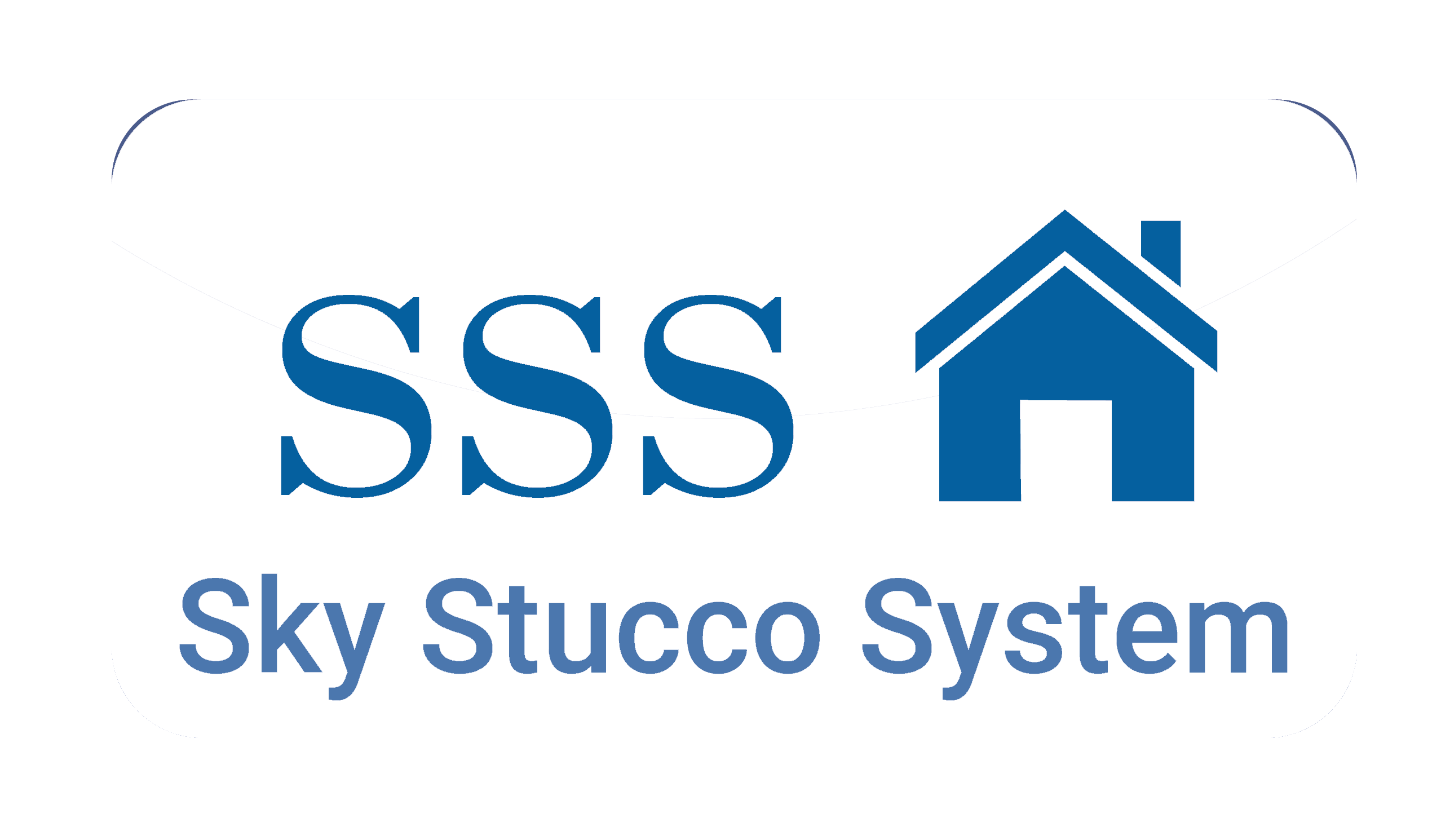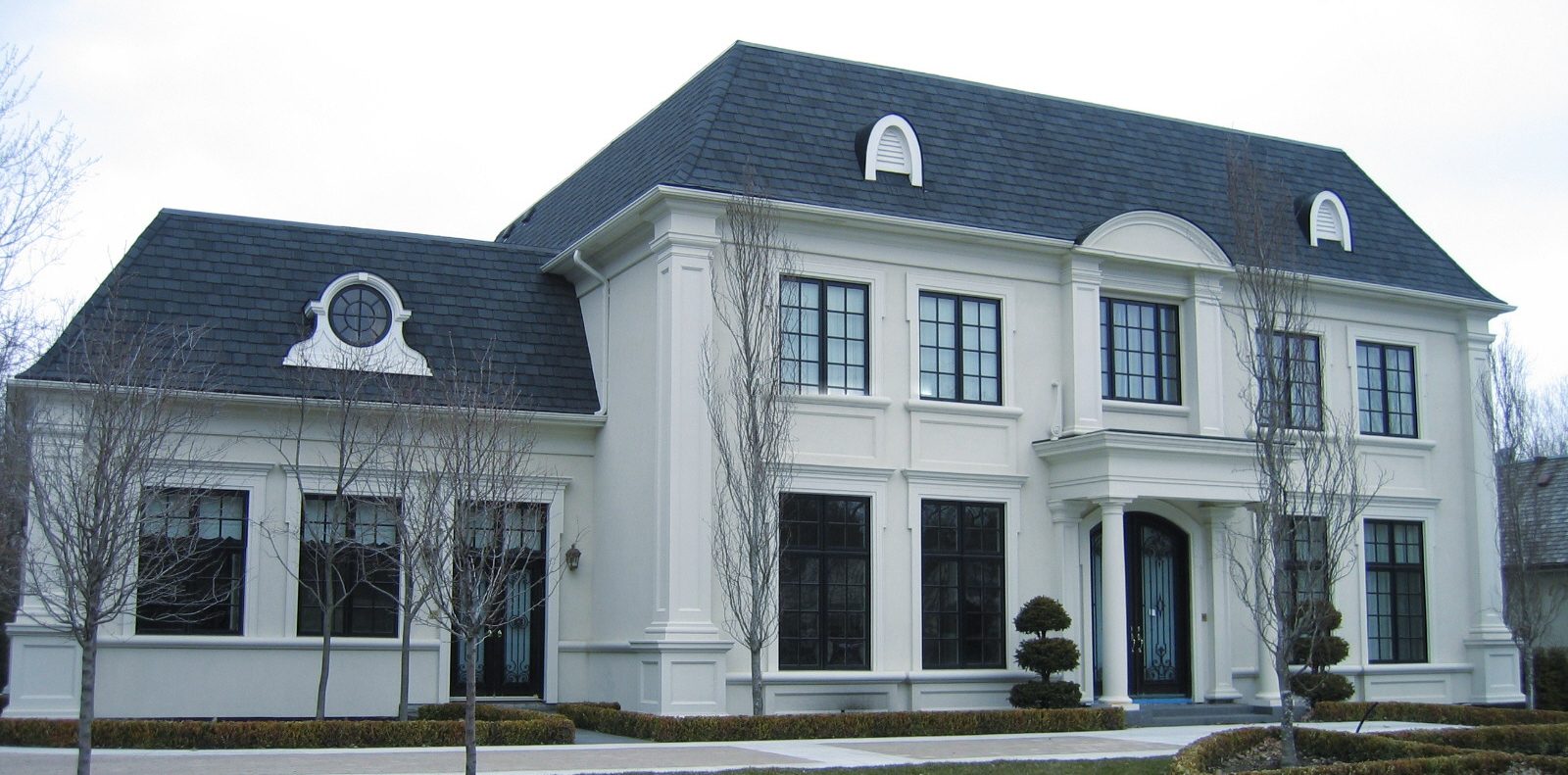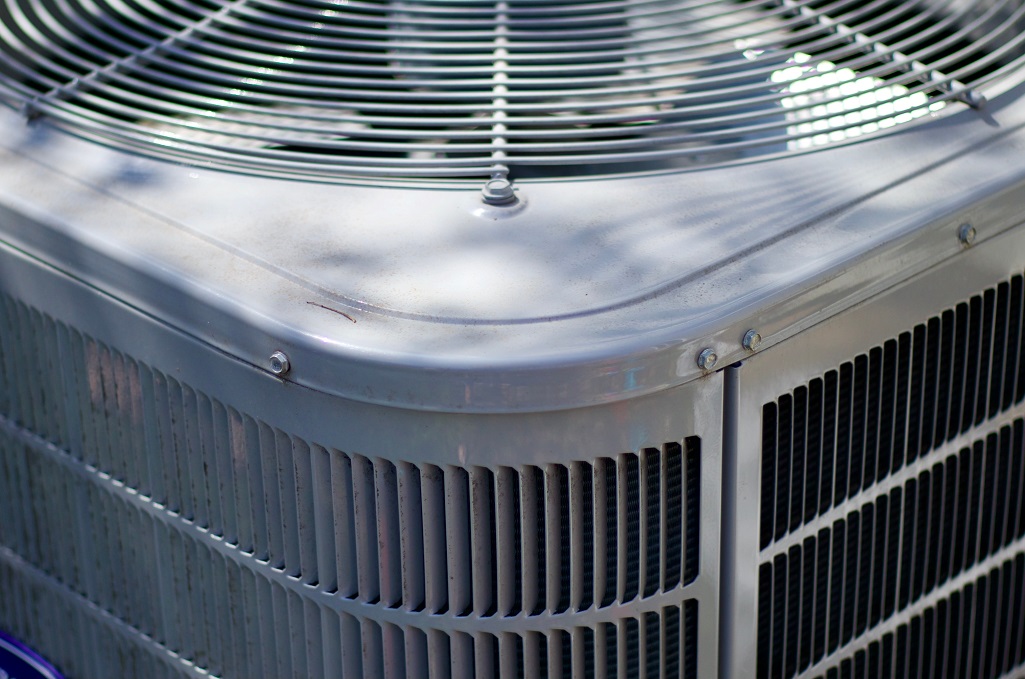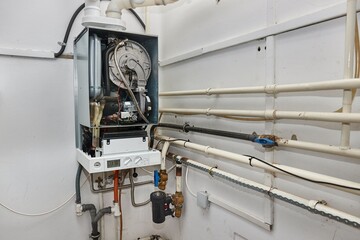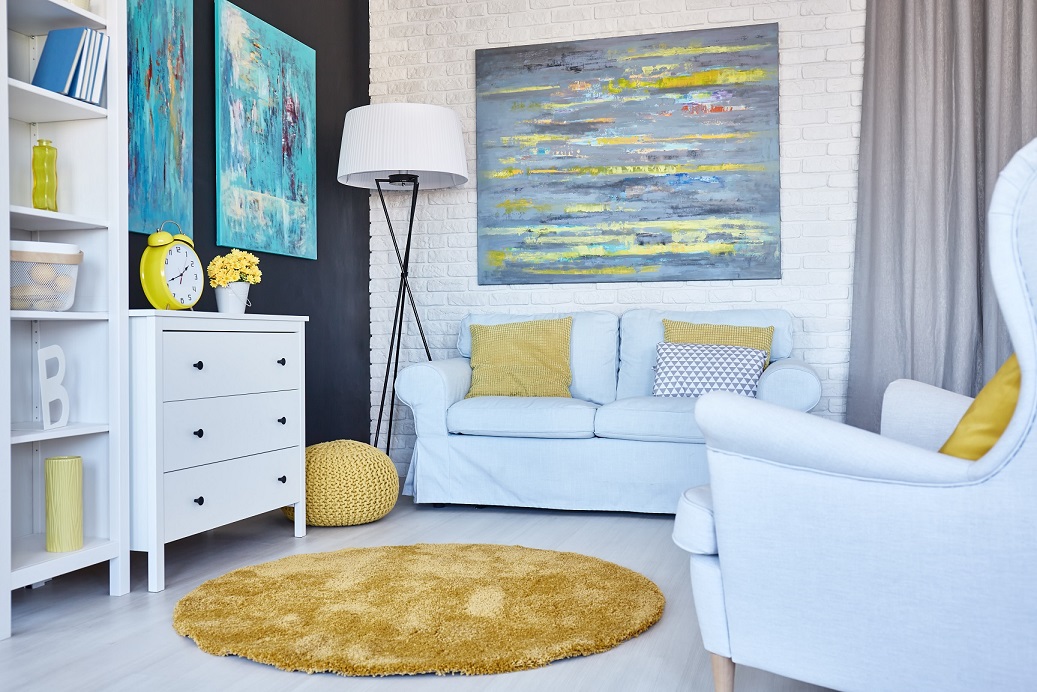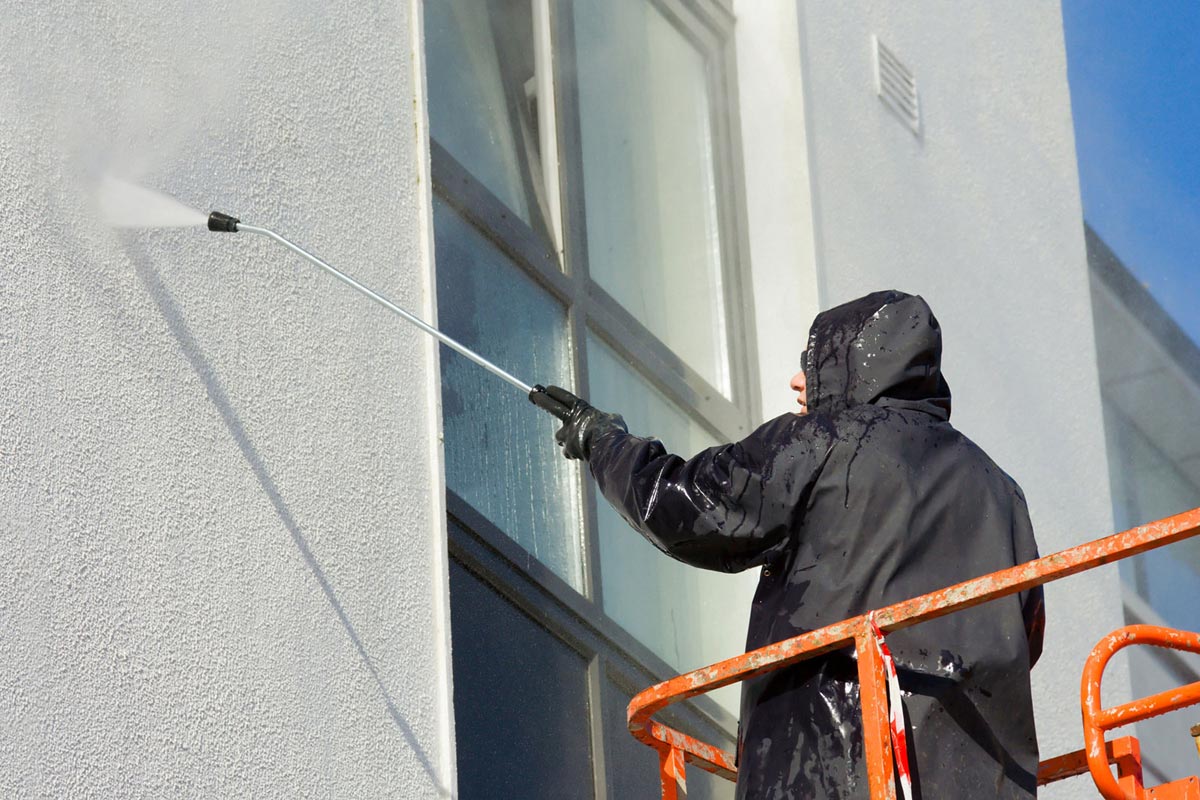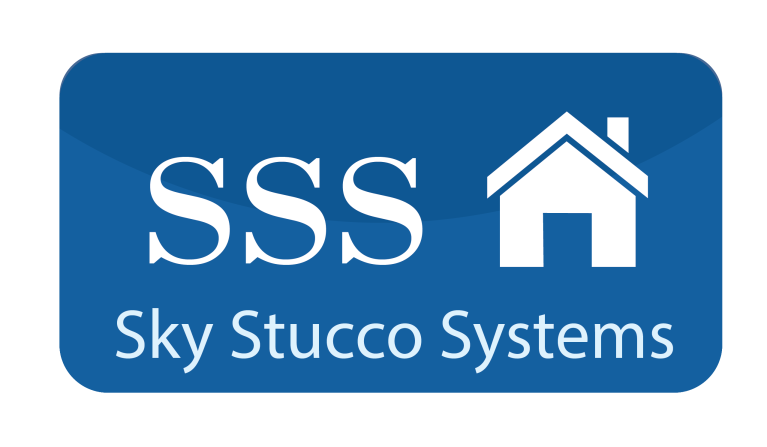Selecting the right material for your home’s facade is a big decision affecting how your home looks and how well it stands up to weather and time. Whether you’re building a new home or updating an old one, the material you choose for the outside of your house is key. This guide will help you understand the different options for your home’s facade, considering weather resistance, upkeep, cost, and environmental impact. We aim to help homeowners make a well-informed choice that makes their homes look great and last long.
Popular Facade Material Options
Brick: Timeless Appeal
Brick is a popular material for your home’s facade, known for its classic and timeless appeal. Its natural look brings a sense of warmth and tradition to any home. Beyond aesthetics, brick is celebrated for its durability and resistance to weather elements, making it a practical choice for many homeowners. It requires very little maintenance, retaining its beauty over the years with minimal effort. While brick might be more expensive upfront than other materials, its longevity, and minimal upkeep can make it a cost-effective choice in the long run. The only major drawback is its limited color range and the challenge it poses for any future style changes. Nevertheless, brick’s enduring charm and reliability far outweigh these concerns for many, making it a steadfast choice for a home’s facade.
Vinyl Siding: Modern and Cost-Effective
Vinyl siding is a modern and cost-effective option for your home’s facade. It stands out for its affordability and the variety of designs and colors available, allowing homeowners to easily customize their home’s appearance. Vinyl is also appreciated for its ease of installation and low maintenance requirements, making it a practical choice for many.
However, it’s important to note that while vinyl is durable, it may not be as long-lasting as some other materials and can sometimes look less premium. In regions with extreme weather, vinyl siding may be more susceptible to damage. Despite these considerations, its versatility and cost efficiency make vinyl siding an attractive option for those looking to update their home’s exterior without breaking the bank.
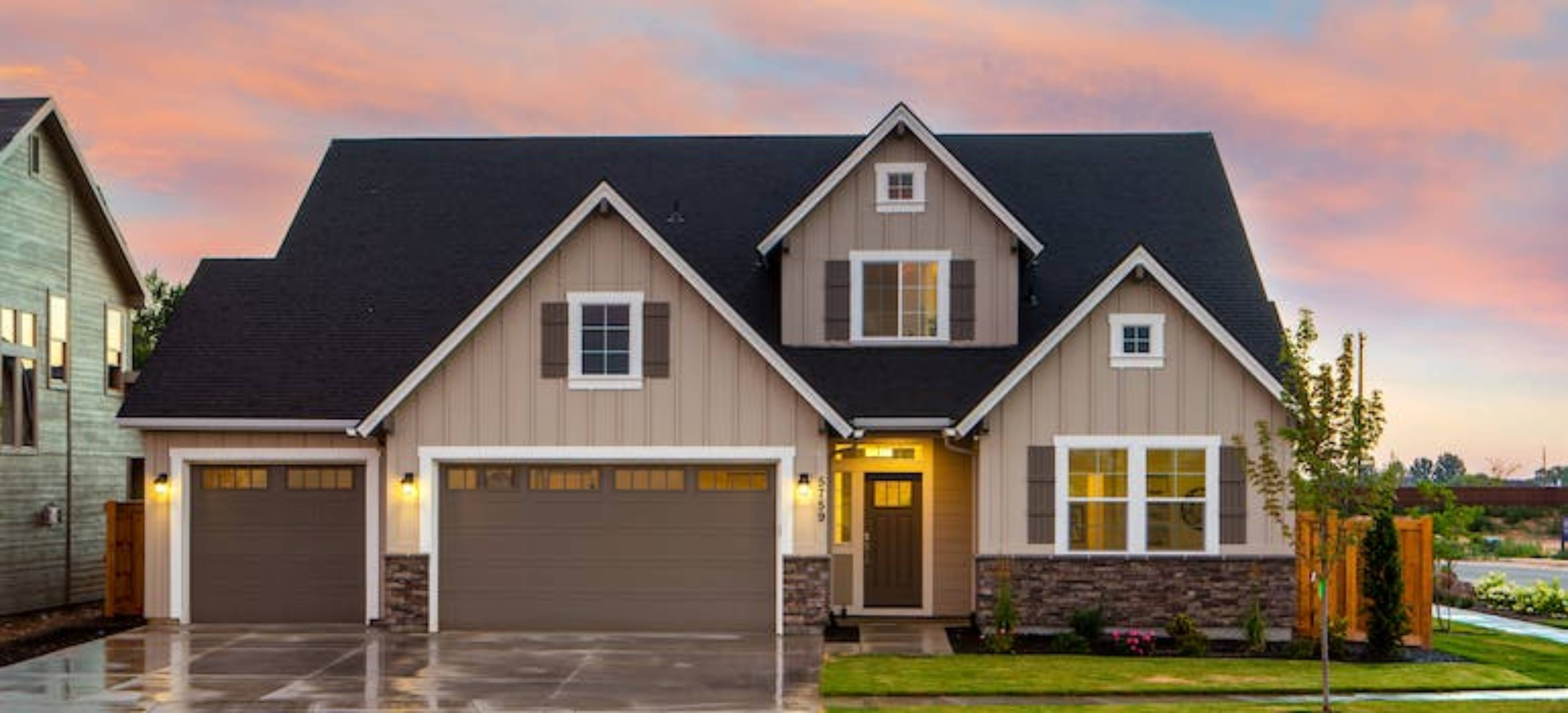
Wood: Natural Beauty
Wood is a material for your home’s facade that brings unparalleled natural beauty and warmth. It offers a classic, timeless aesthetic that can be adapted to various styles, from rustic to contemporary. Wood’s unique textures and patterns lend a distinct character to any home. But this beauty comes with considerations. Wood requires regular maintenance, such as staining or sealing, to protect it from weather elements like moisture and sun damage. It’s also more susceptible to pests like termites. Despite these drawbacks, many homeowners find the charm and elegance of a wood facade worth the extra care and attention. Its ability to be painted or stained in different colors also provides versatility in design. Ultimately, wood is a favorite choice for those who value a natural and organic look.
Stone: Elegance and Strength
Stone is a material for your home’s facade that exudes elegance and strength. It offers a unique aesthetic that can significantly enhance the curb appeal of any property. Stone, known for its durability, can withstand harsh weather conditions and is resistant to fire and pests. That makes it an excellent long-term investment for homeowners.
On the other hand, it’s important to consider the higher cost of both the material and its installation, as stone can be more labor-intensive than other materials. In addition, the weight of the stone requires a strong structural support system. Despite these factors, for those who value a luxurious, natural look and are willing to invest in it, stone is a timeless and robust choice for a home’s facade.
Cost Considerations
When selecting a material for your home’s facade, you must stay on budget. The cost of facade materials varies widely, and it’s not just the initial purchase price you need to consider. As a result, consider long-term costs like maintenance, repairs, and potential energy efficiency savings. For instance, cheaper materials might seem economical initially but could result in higher maintenance costs over time. Conversely, more expensive materials, like stone or high-quality brick, often have lower long-term costs due to their durability and low maintenance requirements. Balancing upfront costs with long-term expenses is key to making a financially savvy decision that aligns with your immediate budget and long-term financial planning.

Professional Consultation and Installation
When choosing and installing your home’s new facade, seeking professional consultation is highly advisable. Experts in the field can provide invaluable insights into the best materials for your needs and the local climate. They can also help you learn about local regulations and property law, ensuring that your facade project complies with all necessary guidelines and requirements. Professional installers bring the necessary skills and experience to ensure the material is fitted correctly and safely, maximizing its longevity and performance. That is especially important for materials that require complex installation, like stone or high-quality brick.
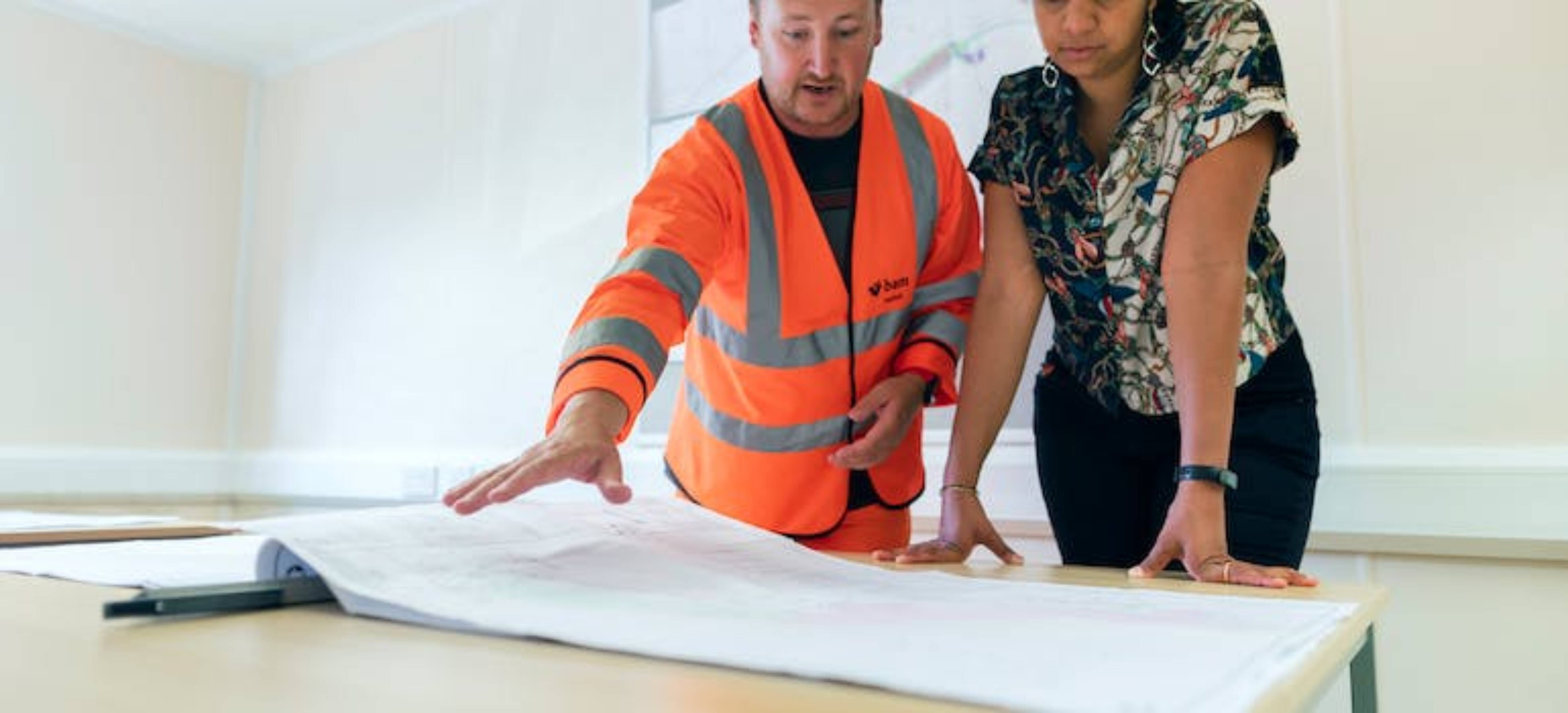
Moving in After Facade Installation
If you’re moving to a new home and planning to change its facade, it’s wise to delay your move-in until the renovation is complete. Renovating a facade can be a significant undertaking, often involving scaffolding, debris, and considerable noise, which can disrupt your daily living.
As a result, ask your contractor to estimate how long the renovations will take to manage your timeline effectively. As Best Long Distance Movers explains, by doing this, you can plan your move-in date more accurately and reschedule with your movers more easily. After all, you want to settle into a fully updated and comfortable home right from the start.
Create a Checklist for Your Renovation
To stay organized and ensure nothing is overlooked, creating a checklist for your renovation is essential. Start by listing all the tasks involved, from selecting the material for your home’s facade to final inspections. Include choosing a contractor, obtaining necessary permits, and scheduling the work. Don’t forget to plan for disruptions to your daily routine and make arrangements accordingly. Your checklist should also have a timeline, helping you track progress and ensuring that each stage of the renovation is completed on time. This organized approach keeps your project on track and reduces stress, making the renovation process smoother and more manageable.
Final Thoughts
Choosing the right material for your home’s facade is a decision that requires careful thought and consideration. With the variety of options available, weighing these factors against your needs and preferences is important. That is not just a cosmetic update. It’s an investment in your home’s future. The material you select will impact not only the aesthetic appeal of your home. It’ll also affect its durability and maintenance requirements. You can make an informed choice by carefully considering all aspects and seeking professional advice.



